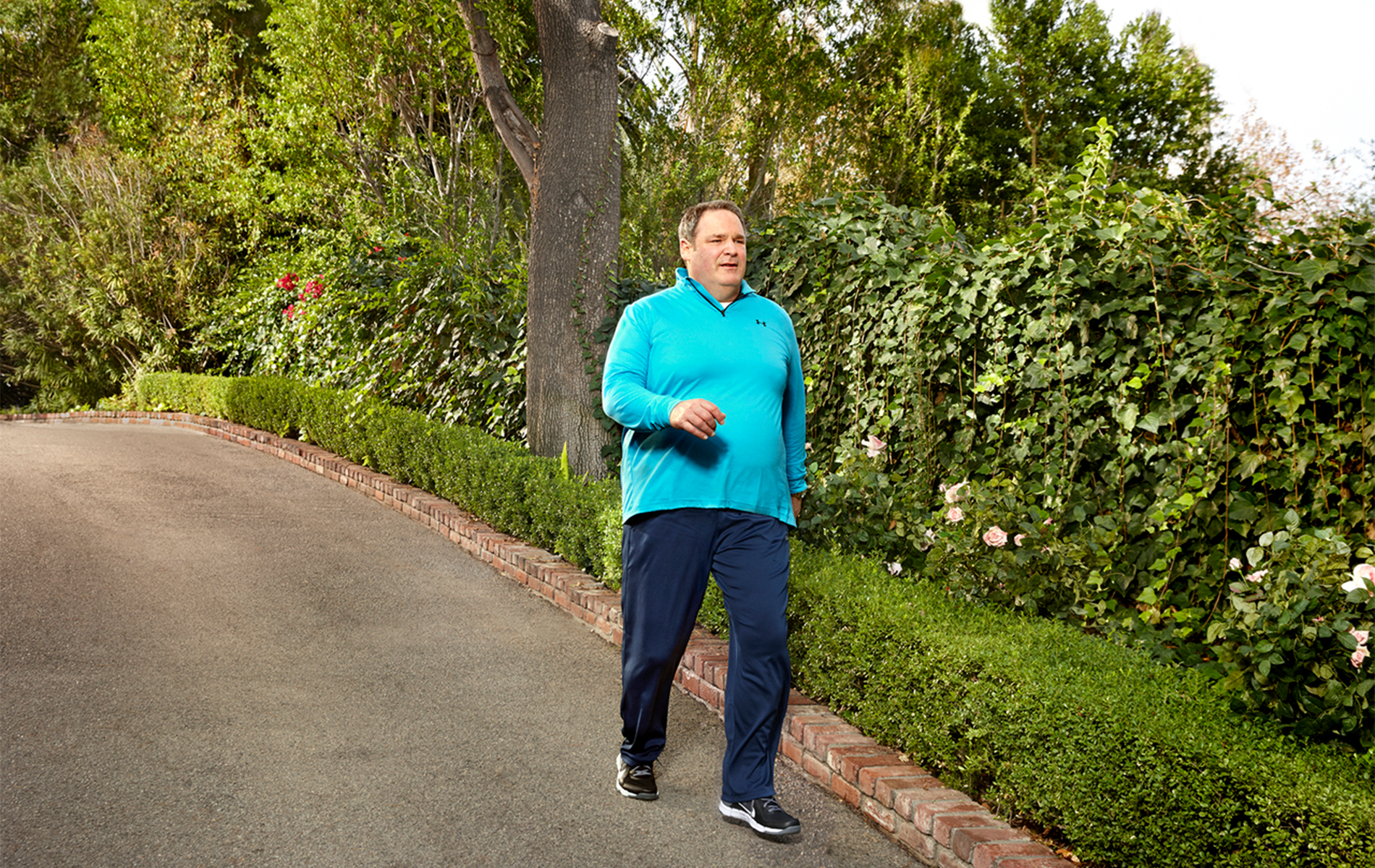
How does losing weight improve your health?
See the benefits of losing even 5% of your body weight.
Physical activity—any kind of activity that moves our body and uses energy—is one of the best things you can do for your health.
Regular physical activity is perhaps the greatest health behaviour available to us. Being physically active can:
Reduce your risk of disease
Lower stress
Improve your mood
Maintain your weight
Here’s what you need to know when starting a physical activity program as part of weight management, including tips to help you get started.

Regular physical activity should be encouraged with any weight management program. Though it can be daunting to start a new exercise regimen, there are some ways to make it more manageable and fun.
Research shows that a combination of aerobic exercise, resistance exercise and more daily physical activity can help you to gain health benefits and maintain weight loss long term. For better weight management, combine your exercise plan with healthier ways of eating.
Here are 3 recommendations from the Canadian Adult Obesity Clinical Practice Guidelines for weight management and the best exercises to add to your obesity management program.
Health Canada recommends that adults, including seniors, get at least 150 minutes of moderate to vigorous physical activity per week. Remember that every little bit counts. Try to incorporate small bursts of activity throughout your day.
Here are some easy aerobic exercise ideas to try:
Brisk walking
Stationary bike
Dancing
Elliptical machine
You can do these exercises on your own or as part of a dedicated exercise class. To make your weight management program more manageable, try to find activities that you enjoy doing. For instance, you might like to try walking with a friend or taking a dance class.
Resistance exercise (also known as strength training or weight training) involves using your muscle strength to move a weight.
Doing resistance exercises increases muscle mass, which may increase your resting metabolic rate (the total number of calories you burn when your body is at rest). It can also make you stronger, enabling you to participate in more activities and use more energy. Resistance training can mean healthy changes in the body and may play an important role in successful long-term weight management.
In addition to aerobic exercise, it may be good to add 2 to 3 sessions of resistance training per week into your weight management program.
Some examples of resistance exercise training include:
Lifting free weights
Using weight-training machines
Using elastic resistance bands
Body weight exercises (such as push-ups, sit-ups and squats)
Don't worry if you're just starting out with resistance training or aren't able to lift much weight. These exercises can be adjusted so that they're in line with your abilities. For example, try using light weights and low-resistance elastic bands to gradually build up your strength. You can also do modified versions of body weight exercises.
See the benefits of losing even 5% of your body weight.
In addition to exercising more, staying physically active is also beneficial for your heart health.
Some easy ways to do this are:
Doing chores around the home (including vacuuming, tidying up, cooking)
Commuting to work (including walking, cycling, climbing stairs)
Leisure activities and hobbies (including swimming, dancing, dog-walking)
With some small adjustments, you can dramatically increase how much you move and boost the effectiveness of your weight management program. You can also create lifelong healthy habits that'll help you keep the weight off.
There are 3 things to remember before starting a new exercise program. These will help ensure that your weight management program is safe and effective.
It's really important to partner with your healthcare professional before you start any weight management program. They can give you advice about any modifications or limitations that you need to bear in mind.
They can also provide recommendations on:
How often you should exercise
How long you should exercise
What type of exercises and activities you should do
How intense the exercises and activities should be
How you can change your routines as you make progress or experience challenges
This is critical if you live with any additional conditions like diabetes or high blood pressure.
It can be helpful to find an obesity care provider who specializes in obesity management. They can offer personalized information about the best methods for managing weight.
It’s a good idea to invest in the right equipment to make your exercise program easier to follow in the long term.
Specially designed sports shoes can also provide the support and cushioning you need for your workouts. This is essential to reduce the risk of exercise-related injuries, prevent slipping and minimize the impact on your joints.
You may also consider investing in a treadmill, an elliptical machine or a stationary bike. Strength training is another popular option. And a lot of exercises can be done with a set of dumbbells.
Choose something you like, invest in a gym membership or home equipment and enjoy the journey!
A great way to make your exercise program more fun is to find a workout buddy or accountability partner.
Get the help of a close friend, family member or someone you trust to follow your exercise program with you. You can exercise together or arrange regular check-ins to monitor your progress through your weight management program.
A workout buddy can help motivate you, give you emotional support and make exercising more fun and less stressful.
There's no one-size-fits all approach to managing weight. Find the exercise plan that works for you, depending on your lifestyle.